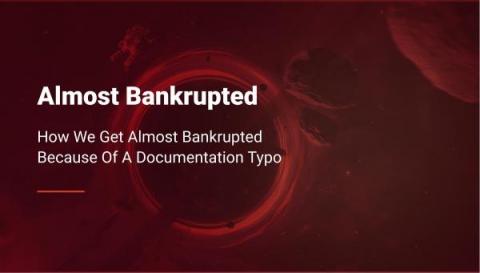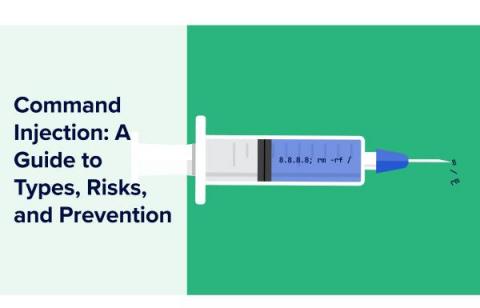Operations | Monitoring | ITSM | DevOps | Cloud
Latest News
Command Injection: A Guide to Types, Risks, and Prevention
Command injection is a kind of cyber attack that allows an attacker to execute arbitrary commands on a system. Attackers accomplish this by exploiting vulnerabilities in an application’s input validation process.
Filtering Metrics by Labels in OpenTelemetry Collector
How to filter metrics by labels using OpenTelemetry Collector.
How container networking works at Platform.sh
At Platform.sh, we run containers. Lots and lots of containers. On hundreds of virtual machines rented from various IaaS providers. These containers run your software. They also team up with other containers that run other software that your software depends upon (such as databases or caches). This is naturally an extremely complex system, and today we'll take a look at how we wire (most of) it up.
A gentle introduction to XDP
XDP, or eXpress Data Path, is a Linux networking feature that enables you to create high-performance packet-processing programs that run in the kernel. Introduced in Linux 4.8 and built on extended Berkeley Packet Filter (eBPF), XDP provides a mechanism to process network packets earlier and faster than is possible through the kernel’s native network stack. In this post, we’ll discuss.
Hyper-Personalizing GitKraken Client | Settings and Configurations
As software developers, we all have our own preferences when it comes to our tools of the trade. GitKraken is a popular Git client that is loved by many developers for its ease of use and powerful features. More than that, GitKraken Client offers a variety of ways for you to customize it to your liking. You can access all of the customization options from the ⚙ Preferences menu.
How to release value to customers faster, safer, easier
Container Management - Decoding Kubernetes Management Platforms Part 2
This article is the second in a series covering Kubernetes Management Platforms (KMPs). In the first article, we analyzed hosted KMPs, exploring their potential benefits and customer base. This blog will examine non-hosted KMPs and the organizational customer profiles that can benefit the most from this solution. After the first article, you may think that hosted KMPs are the way to go, but there are many things to consider before deciding.
Container Management - Decoding Kubernetes Management Platforms Part 1
This is the first article of a series of two covering the advantages and disadvantages of hosted and non-hosted Kubernetes management platforms. First, let’s introduce hosted what is hosted Kubernetes management platform (KMP) and provide a broader view of hosted KMPs.
7 Ways DCIM Software Provides a Fast ROI
As a global leader in second-generation Data Center Infrastructure Management (DCIM) software, we have the opportunity to speak with a lot of data center professionals. One of the most common stories we hear is that they are still using Excel, Visio, open-source software, and homegrown tools to manage their data centers and that these tools are causing them a lot of pain. They're manually intensive, inaccurate, hard to use, and not integrated.










